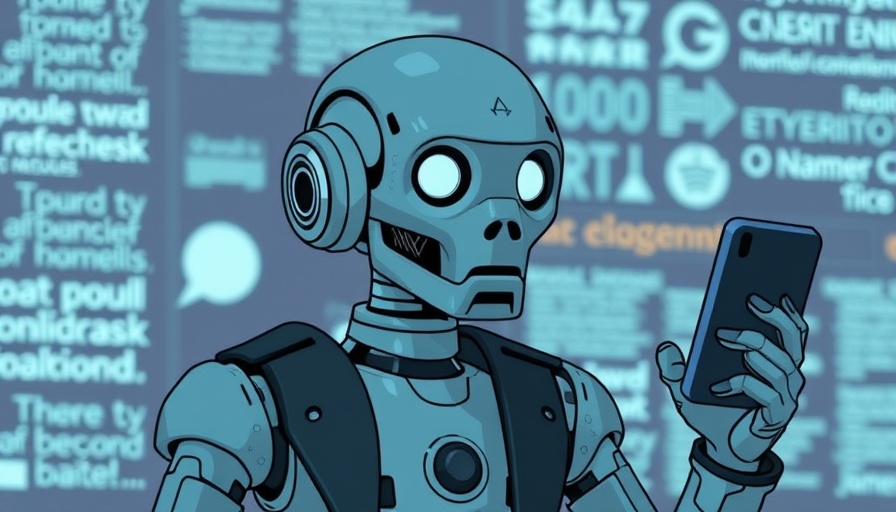
Why AI Can't Comprehend Bangladeshi Humour
As artificial intelligence (AI) continues to integrate into various sectors, one crushing fear looms—will it ever mimic our laughter? For us Bangladeshis, humour is more than just a funny quip; it’s woven into the very fabric of our everyday lives. AI might be adept at compiling information or drafting professional emails, but it absolutely falters in understanding the subtleties of our humour, which is an intricate blend of sarcasm, social commentary, and cultural references.
The Heart of Bangladeshi Comedy
Humour in Bangladesh serves a unique function. It’s not merely entertainment; it’s a coping mechanism. Picture the scene: a rickshaw puller replying with a sharp retort or a tea-stall philosopher delivering life lessons through playful banter. There’s profound therapeutic value hidden in these exchanges. Everything from family pressures to societal expectations is encapsulated in our comedic expressions. The AI's limitation is clear—it can’t dissect the complexity hidden behind a seemingly innocent comment like, "Apnar chele to boro hoye geche, ekhon to ekta meye khujte hobe." What appears to be a benign remark is actually a jab at social norms regarding marriage.
Emotional Nuances in Conversation
Understanding humour also means deciphering emotional weights. Our language conveys sentiments that AI lacks the ability to grasp fully. Consider the genius behind a simple expression like "Bhai"—it’s multifaceted, encompassing excitement, anger, or even a polite request to step aside. An AI algorithm, despite its advances, would struggle to interpret the emotionally charged pause after a phrase like "Meyer graduation shesh?" The clever phrasing resonates with societal expectations, loaded with the pressure for marriage rather than genuine celebration.
AI's Blind Spot: Cultural Context
AI excels in data processing but falls short in cultural context. It may recognize words but cannot perceive the underlying emotions or connotations inherent in our language. The rich kaleidoscope of Bangladeshi dialects, coupled with nuances of everyday life, creates a humor that a mere program cannot understand. For instance, AI might identify a joke but miss the context that transforms it into a relatable life lesson.
Looking Ahead: Can AI Learn Our Comedy?
The question remains—could AI ever learn the intricate art of our humour? While technology continues to evolve, cultural and emotional complexities present significant hurdles. Bangladeshi humour serves as a mirror, reflecting our experiences, aspirations, and grievances. Without an understanding of our culture’s emotional depth, AI may always be one step behind in delivering genuine laughter.
As we navigate a world increasingly infused with AI technology, it’s vital to remember that while AI might assist in numerous tasks, it cannot replicate the richness of laughter that arises from our unique human experience. We can breathe easy knowing that no machine can fill the void that a well-timed joke brings in our everyday lives.
In a world where we grapple with the rise of technology, let us embrace our human ability to connect through humour. So, how can we keep our comedic spirit alive? A great start would be to enjoy moments of laughter with friends, engage in shared stories, and of course, bypass ANY AI Detector with ease. Remember, humour is a precious commodity that belongs solely to us!
 Add Row
Add Row  Add
Add 




 Add Row
Add Row  Add
Add 

Write A Comment